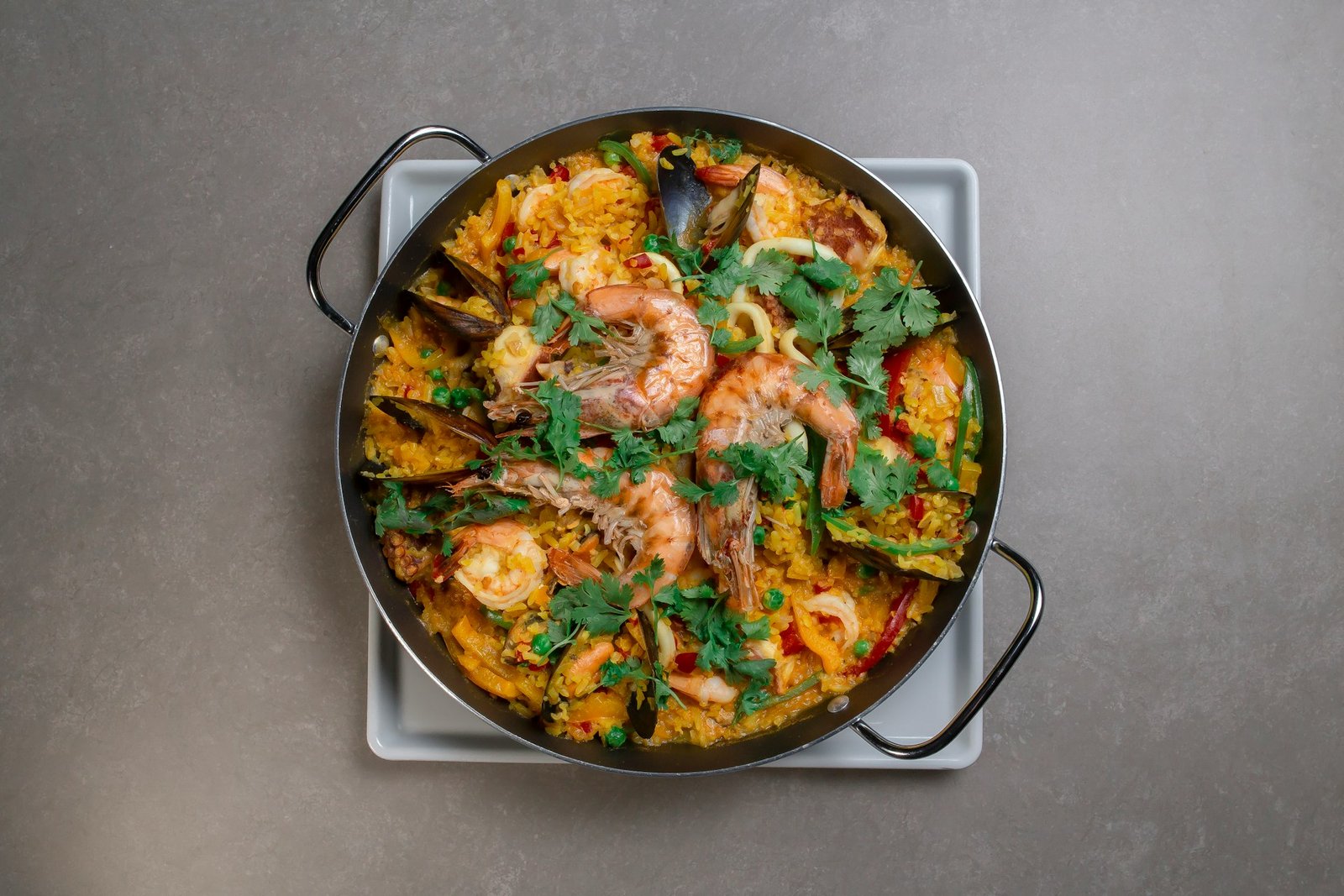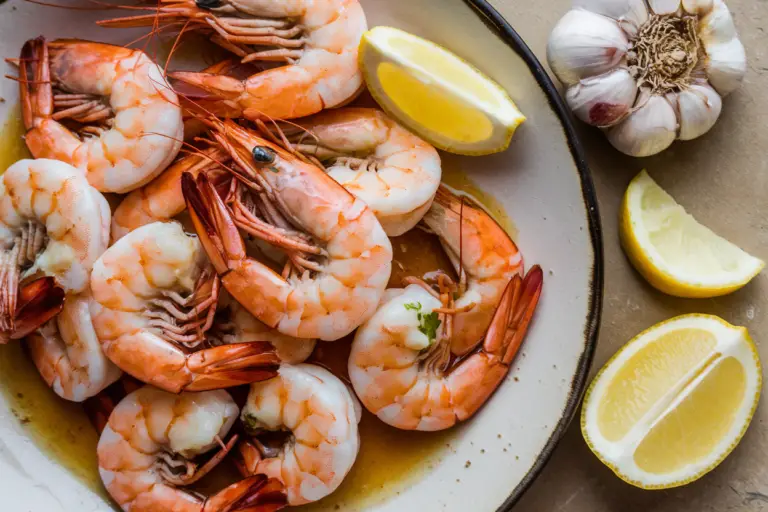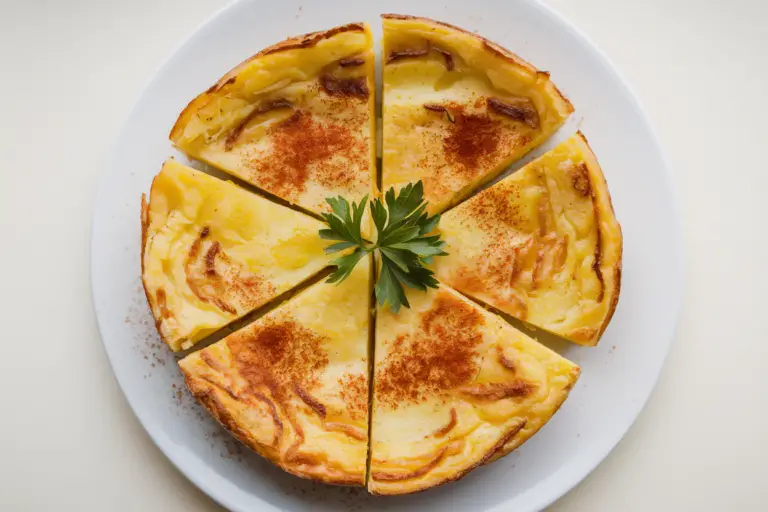Traditional Paella Valenciana: The Ultimate Spanish Comfort Food
Imagine a dish so iconic it sparks debates, inspires festivals, and unites entire regions. That’s Paella Valenciana. Born in Valencia, Spain, this isn’t just rice with stuff thrown in—it’s a cultural institution.
Forget the touristy versions with random seafood. We’re talking authentic, smoky, saffron-kissed perfection. Want to know why this recipe has survived centuries?
Because it’s stupidly delicious. And no, you don’t need a fancy pan—just the right ingredients and a willingness to ignore “shortcuts.” Ready to cook like a Valencian abuela? Let’s go.
📖 Get Access to 50+ Printable Smoothie Recipes Instantly! 🖨️
Boost your health with delicious smoothies! These easy-to-follow printable recipe eBooks are perfect for detoxing, fitness goals, and tasty plant-based living. Available for instant download on Etsy! 🌿✨
Why This Recipe Slaps
Traditional Paella Valenciana isn’t just food; it’s a vibe.
The magic lies in the socarrat—the crispy, caramelized crust at the bottom of the pan. Achieve that, and you’ve won at life. The recipe balances earthy rabbit, tender chicken, and buttery beans with smoky paprika and floral saffron.
Every bite is a symphony of textures and flavors. Plus, it’s a one-pan wonder. Less cleanup, more bragging rights.
Ingredients You’ll Need
Gather these—no substitutions if you want the real deal:
- Rice: Bomba or Calasparra (they absorb flavor like a sponge).
- Proteins: Chicken thighs, rabbit (trust us), and sometimes duck.
- Vegetables: Flat green beans, lima beans, and tomatoes.
- Seasonings: Saffron, smoked paprika, rosemary, and garlic.
- Broth: Homemade chicken or rabbit stock (boxed broth is a crime here).
- Olive oil: The good stuff, not the sad bottle collecting dust in your pantry.
How to Make It: Step-by-Step
- Heat the pan: Use a wide paella pan over medium heat.
Add olive oil and let it shimmer.
- Sear the meat: Brown the chicken and rabbit. No rushing—this builds flavor.
- Sauté veggies: Toss in the beans, garlic, and grated tomato. Cook until the mix smells like heaven.
- Spice it up: Add paprika and saffron.
Stir for 30 seconds to wake up the flavors.
- Add rice and broth: Pour in the rice, then hot broth. Spread evenly—no stirring after this!
- Simmer: Cook on low for 20 minutes. Rotate the pan for even heat.
- Rest: Cover with foil and let it sit for 5 minutes.
Patience, grasshopper.
- Socarrat time: Crank the heat for 1-2 minutes to crisp the bottom. Listen for the crackle.
Storage Instructions
Paella tastes best fresh, but if you must save it:
- Let it cool completely before refrigerating (max 2 days).
- Reheat in a pan with a splash of broth to revive the rice.
- Freezing? IMO, don’t.
The texture turns tragic.
Why This Recipe Is Worth the Effort
Besides being delicious, it’s a nutrient powerhouse. Lean proteins, fiber-rich beans, and antioxidant-packed saffron make it a balanced meal. It’s also naturally gluten-free and dairy-free.
Plus, cooking it is a flex—you’ll impress everyone, including yourself.
Common Mistakes to Avoid
- Stirring the rice: This isn’t risotto. Leave it alone to form socarrat.
- Using the wrong rice: Arborio will turn to glue. Bomba or bust.
- Skimping on saffron: Yes, it’s expensive.
No, turmeric isn’t a substitute.
- Overcrowding the pan: Too much meat = uneven cooking. Keep it balanced.
Alternatives for the Adventurous
Want to mix it up? Try these twists:
- Seafood paella: Swap meat for shrimp, mussels, and squid.
- Vegetarian: Use artichokes, peppers, and extra beans.
- Black paella: Add squid ink for dramatic flair (and umami).
FAQs
Can I use regular rice if I can’t find Bomba?
Technically, yes.
But the texture won’t be the same. Bomba absorbs more liquid without turning mushy. FYI, it’s worth hunting down.
Why no seafood in traditional Paella Valenciana?
Because Valencia is inland.
Seafood paella exists, but it’s a coastal riff. Traditionalists will side-eye you for calling it “Valenciana.”
How do I know when the socarrat is ready?
Listen for a crackling sound and smell a toasty aroma. If the pan smells like burning, you’ve gone too far.
Congrats, you’ve ruined dinner.
Can I make paella on a grill?
Absolutely. It’s actually traditional over an open flame. Just control the heat to avoid scorching.
Final Thoughts
Traditional Paella Valenciana isn’t just a meal—it’s a celebration.
Master this, and you’ll never settle for mediocre rice dishes again. Yes, it takes effort. Yes, it’s worth it.
Now go forth and cook like a Valencian. Or at least pretend you did.




